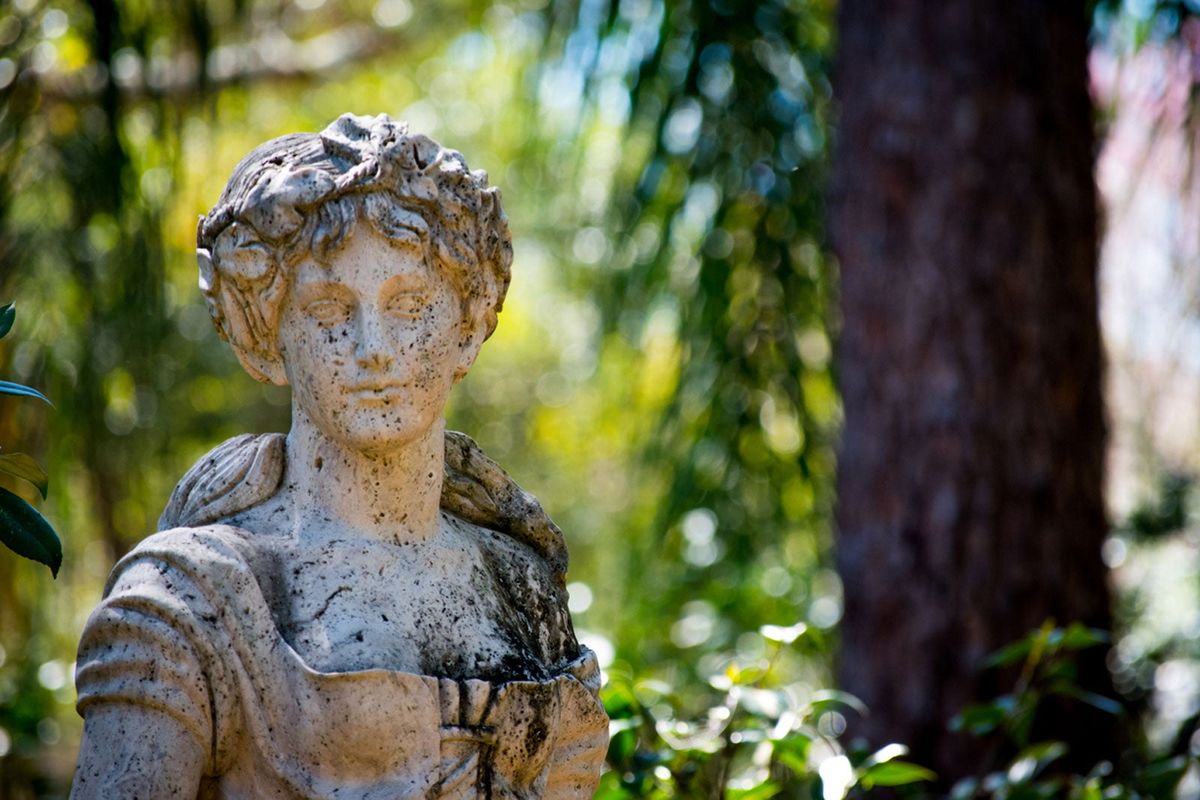
Outdoor sculptures made of resin or fiberglass are increasingly popular in public spaces, parks, residential communities, and commercial landscapes. These materials are durable, lightweight, and cost-effective — but like any surface exposed to the elements, they need regular cleaning. 🌧️🌿
Power washing can be a fantastic method for maintaining these sculptures — if it’s done correctly. When done carelessly, high-pressure washing can cause chipping, surface dulling, or even water intrusion into the structure. In this guide, we’ll break down how to safely and effectively power wash resin and fiberglass sculptures while preserving their beauty and integrity. 🧼✨
🧠 Why Resin and Fiberglass Sculptures Require Special Care
Unlike traditional stone or bronze, resin and fiberglass are composite materials. They’re often coated in paint or sealants to protect them from UV rays, moisture, and oxidation. However:
- They scratch easily
- Excess pressure can cause cracks or splintering
- Some sculptures are hollow or layered, making them vulnerable to water intrusion
- The paint or gel coat may fade or peel if the wrong cleaner is used
This is why a soft-touch, technique-driven approach is critical when cleaning them.
✅ When Power Washing Is Appropriate
Power washing is ideal when:
- The sculpture has a smooth surface without detailed carvings
- There’s visible buildup of dirt, mold, bird droppings, or algae
- It’s too large or impractical for hand-washing
- The sculpture is well-sealed and in good structural condition
However, delicate or aging sculptures may benefit more from hand-cleaning with soft brushes and mild soaps. Always assess the material before proceeding.
🧰 Equipment You’ll Need
Here’s a list of tools and supplies for safe power washing:
- Pressure washer with adjustable PSI (1,000–1,500 max)
- Wide-angle nozzle (40-degree or more) for gentle coverage
- Soft bristle brush (for touch-up or pre-scrub)
- Non-toxic, biodegradable detergent (safe for synthetic materials)
- Garden hose with spray nozzle
- Microfiber cloths or chamois for drying
- Drop cloths or plastic sheets (if you need to protect nearby landscaping)
Browse Amazon Here For Top Rated Power Washers And Accessories
💡 Step-by-Step Guide to Cleaning Safely
1. Inspect the Sculpture Thoroughly
Before doing anything, walk around the sculpture. Check for:
- Cracks or chips
- Flaking paint
- Mold growth
- Faded or exposed sections
- Loose mounting or instability
🔍 If anything looks structurally questionable, hold off on power washing and consult a maintenance specialist or conservator.
2. Test a Small Area
Always perform a test spray on the backside or an inconspicuous area to see how the material reacts to pressure and water.
If paint flakes or the surface feels soft, reduce pressure or consider switching to hand-cleaning.
3. Apply Mild Detergent
Use a gentle detergent rated for synthetic materials, ideally mixed in a soap injector or sprayed from a pump sprayer.
Let the soap sit for 3–5 minutes to loosen grime but never let it dry. ☀️
4. Rinse with Wide Spray and Low Pressure
Use a wide-angle tip and keep the nozzle at least 2 feet away from the surface.
Spray in a smooth, sweeping motion and avoid concentrating on one spot for too long.
💧 Tip: Work from top to bottom to prevent streaking and ensure even cleaning.
5. Touch-Up by Hand if Needed
For stubborn spots or tight crevices, use a soft brush or sponge and gently scrub with warm soapy water.
Avoid abrasive pads, steel wool, or harsh chemicals.
6. Final Rinse and Dry
Once clean, do a full rinse with clean water and then dry with microfiber cloths to avoid spotting — especially on glossy finishes.
Air drying may leave water spots on shiny or dark-colored sculptures.
⚠️ Mistakes to Avoid
🚫 Using more than 1,500 PSI
🚫 Holding the nozzle too close
🚫 Using bleach or harsh degreasers
🚫 Ignoring cracks or damage beforehand
🚫 Skipping the test patch
🚫 Power washing painted sculptures without confirming they’re sealed
Remember: less is more when it comes to cleaning delicate outdoor art.
🌍 Eco-Friendly Considerations
Because these sculptures are often located in landscaped areas or near walkways:
- Use biodegradable detergents
- Avoid runoff into storm drains or waterways
- Protect plants and soil by covering them
- Capture and dispose of wastewater when necessary (especially on commercial properties)
Sustainability matters — even during routine cleaning.
Browse Amazon Here For Biodegradable Pressure Washing Detergents
🧾 Should You Hire a Pro?
If the sculpture is:
- Large or mounted high
- Near expensive landscaping
- Painted or custom-finished
- Part of a public art installation
- Fragile, aging, or irreplaceable
… it may be worth hiring a professional power washing company with experience in cleaning decorative art or synthetic materials.
They may use soft washing, steam cleaning, or specialty solutions to preserve the sculpture long-term.
🎯 Final Thoughts
Power washing resin and fiberglass sculptures can be a safe, effective, and efficient way to keep your outdoor art clean and vibrant — as long as you approach it with care.
By using the right equipment, soft detergents, and gentle techniques, you’ll restore the sculpture’s original luster without damaging its structure or surface.
✨ Clean art is appreciated art — treat it like the masterpiece it is.
Browse Amazon Here For Top Rated Power Washers And Accessories



